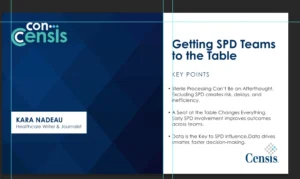Field Focus: How Businesses Benefit from Field Service Maturity Models
It’s hard to argue against the fact that technology has allowed us to improve our society in crucial, measurable ways. However, there are times that technology can be a burden, especially when we aren’t prepared to use it properly.
In fact, many field service companies witness this firsthand when they implement too many software solutions at one time.
Shedding some insight onto the advantages and disadvantages of technology in the field service industry was David Charland, Vice President of Product Management at MSI Data. Since joining the company in 2016, he has spearheaded the growth of MSI’s software interoperability capabilities and led over 100 implementations that has allowed customer teams to solve organizational challenges and grow.
One of the problems that Charland has noticed over the years is the tendency of business leaders to buy and implement all of the software solutions they’re presented with, despite a lack of evidence proving that they need them. As a result, they waste valuable money and effort.
“If they just focused on the most important things, they would have gotten far more benefits far sooner,” he said.
“The service maturity model is basically a framework to help service companies understand the sequential path to their growth,” continued Charland. “There’s an ‘a-ha’ moment, and I would think the listeners would have that, that, while their business is unique and the things that they’re doing are unique, they’re going to tend to get the same benefits by implementing the best practices that are working across all service companies.”
Subscribe to the Field Focus podcast on Apple Podcasts or Spotify for the latest insights and practices to help improve the productivity of your field workforce.
Follow us on social media for the latest updates in B2B!
Twitter – @MarketScale
Facebook – facebook.com/marketscale
LinkedIn – linkedin.com/company/marketscale









